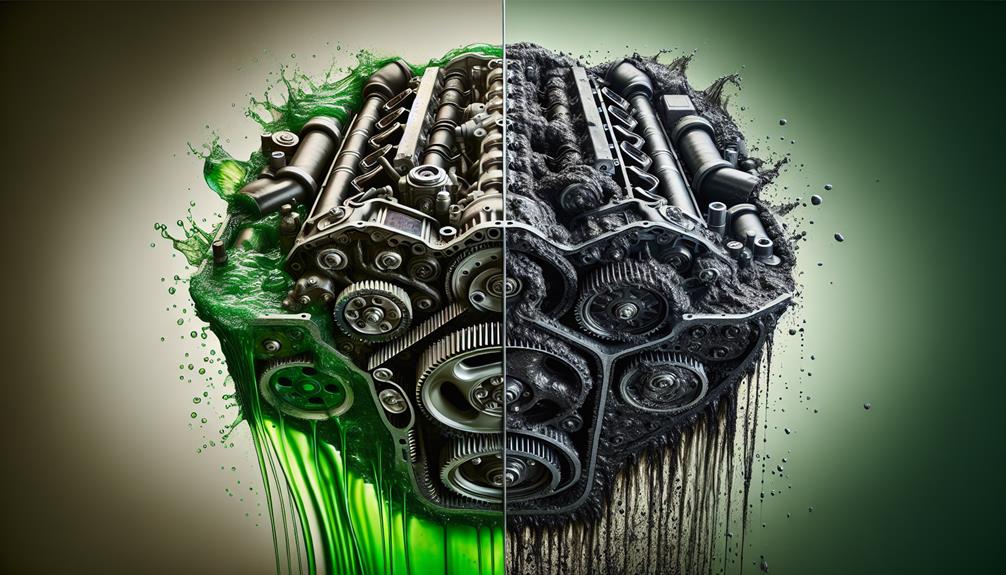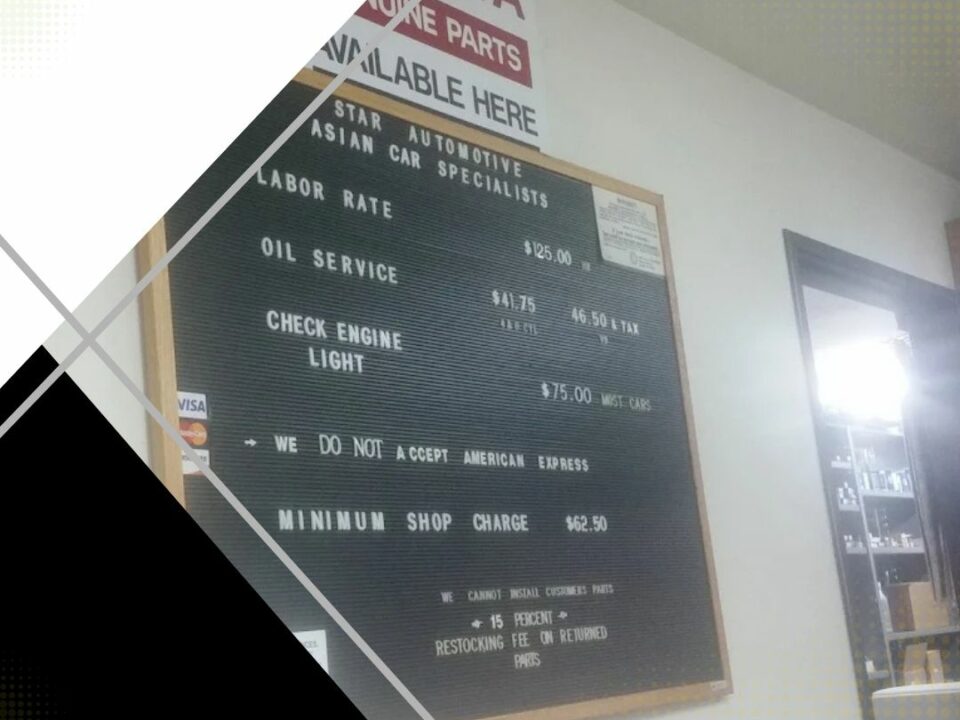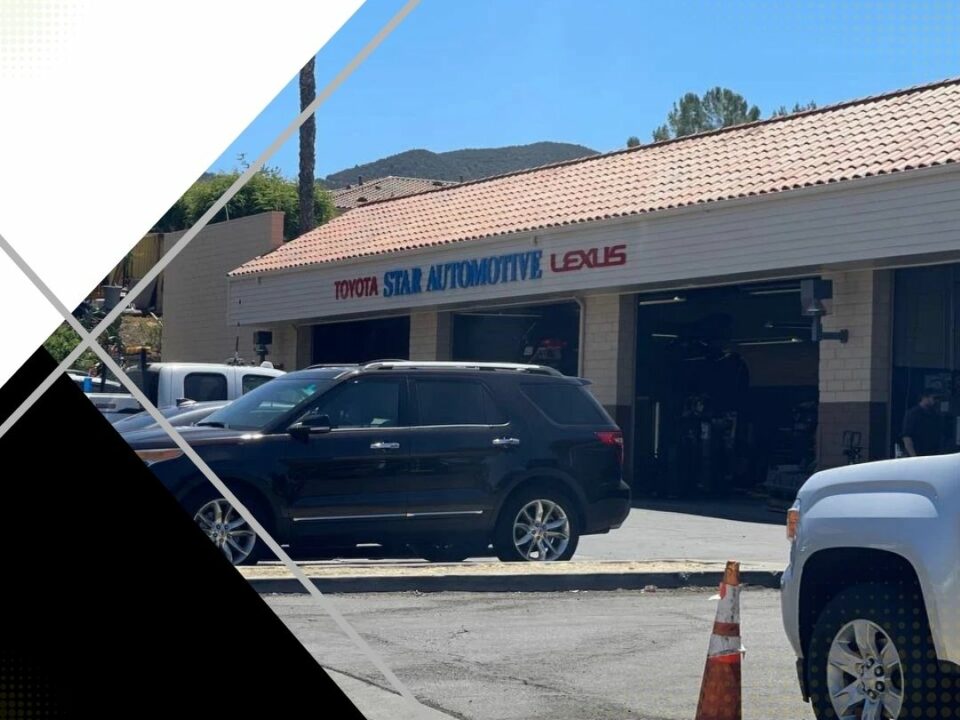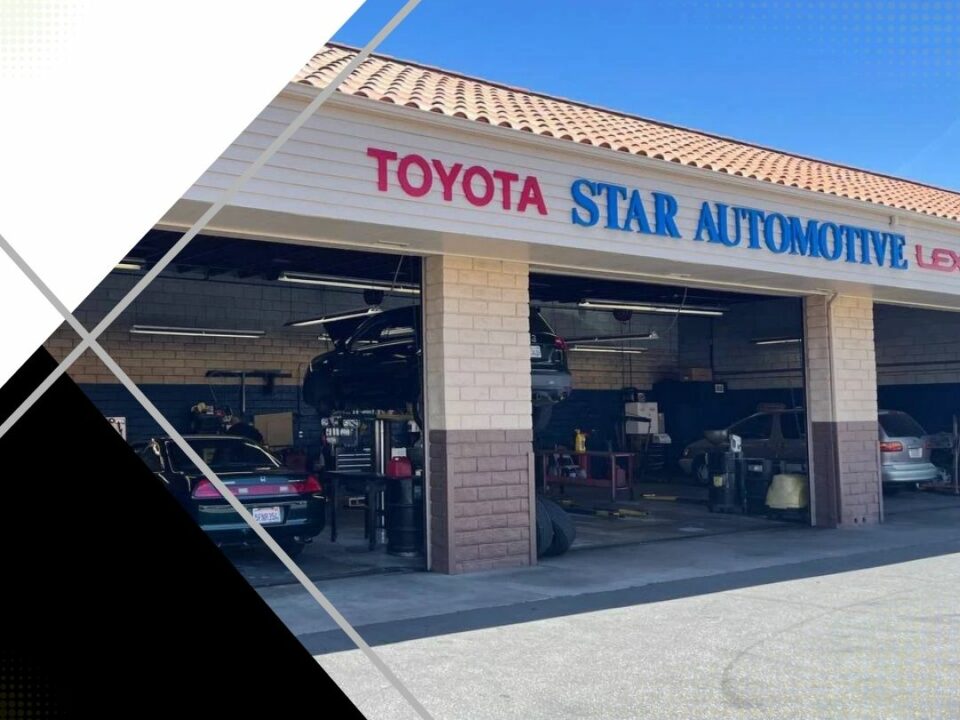
Top 5 Solutions for Engine Oil Sludge in Toyota Vehicles
July 3, 2024
Understanding Your Check Engine Light: Common Causes and Solutions
July 3, 2024Engine oil sludge in Toyota repair can be a significant concern, manifesting from a variety of operational and maintenance shortcomings. Primarily, this viscous, tar-like residue accumulates due to factors such as infrequent oil changes, use of non-synthetic oils not suited to modern engines, excessive short trips that prevent oil from reaching optimal operating temperature, and failure to adhere to Toyota’s prescribed service intervals. The consequences of ignoring these causes can lead to reduced engine efficiency and longevity. Addressing these issues proactively is essential, and one must consider what further measures could be instrumental in preventing the formation of sludge in the intricacies of Toyota engines.
Causes of Engine Oil Sludge
Engine oil sludge, a viscous, tar-like residue, primarily forms due to the breakdown of over-stressed oil in an engine’s harsh thermal environment. This degradation is a common issue that can impair your vehicle’s performance, leading to costly repairs. Understanding the causes of oil sludge is crucial for every Toyota owner who values their vehicle’s longevity and efficiency.
The primary catalyst for sludge formation is the thermal degradation of engine oil. As the oil operates in extreme temperatures, its molecular structure breaks down, losing its viscosity and lubricating properties. This process is exacerbated by irregular oil changes and using oil grades not recommended by the manufacturer, which do not withstand the engine’s operational demands.
Additionally, short driving trips where the engine doesn’t reach optimal operating temperatures can contribute to sludge buildup. Under these conditions, condensation occurs inside the engine, and water mixes with the oil, forming an emulsion that turns into sludge. High engine loads, coupled with inadequate maintenance, can accelerate this problem, highlighting the importance of adhering to a strict service schedule.
For Toyota owners, being part of a community that prides itself on vehicle care, recognizing these factors is the first step towards safeguarding your engine’s health and ensuring peak performance.
Prevention Strategies for Toyota
Understanding the causes of engine oil sludge sets the stage for Toyota owners to implement effective prevention strategies that ensure the longevity and efficiency of their vehicles. As part of the Toyota family, it is essential to adhere to a rigorous maintenance schedule that aligns with the manufacturer’s recommendations. Regular oil changes are paramount; using high-quality, manufacturer-approved oil enhances your engine’s performance and prevents the buildup of harmful sludge. Toyota recommends synthetic oil, which is specifically formulated to resist extreme temperatures and chemical breakdown, thereby reducing the potential for sludge formation.
Moreover, Toyota owners should ensure their vehicle operates at optimal temperatures. Avoid short trips that prevent the engine from reaching its designed operating temperature, as these can contribute to condensation and oil contamination. Regularly check and maintain the engine cooling system to aid in proper heat dissipation.
Monitoring and replacing the PCV (Positive Crankcase Ventilation) valve as prescribed can also deter sludge accumulation by preventing oil vapors from condensing within the engine.
In conclusion, vigilant adherence to Toyota’s repair maintenance schedule and the use of recommended synthetic oils are paramount in mitigating the risk of engine oil sludge accumulation. Research indicates that regular maintenance can reduce engine sludge formation by up to 50%.
Ensuring that the vehicle reaches its optimal operating temperature and routine monitoring and replacement of the PCV valve are also critical steps in preserving engine health and performance in Toyota vehicles.
Prev article



